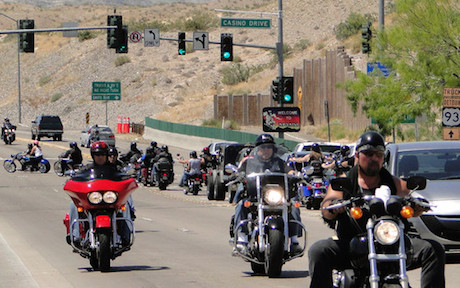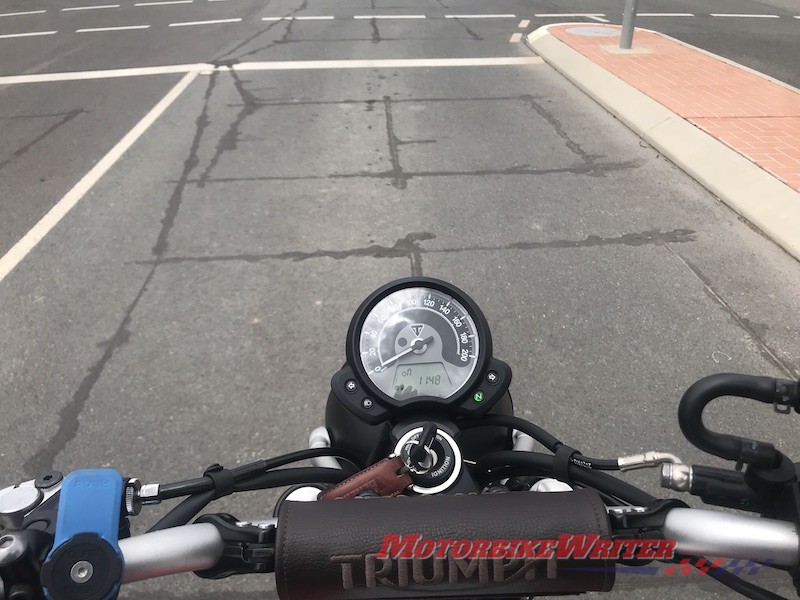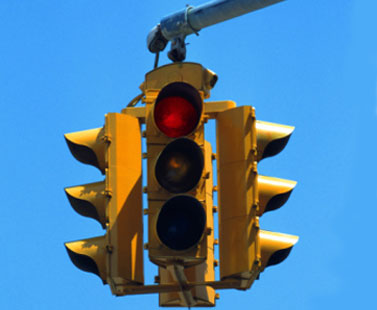We got stuck at a red light in Napier yesterday because I changed lanes at the last minute and didn’t line the bike up in the middle of the lane.
Therefore the inductive loop under the ground didn’t pick up that a vehicle was waiting, so the lights didn’t change.
Finally a car arrived behind us, I inched forward and beckoned them to roll right up behind me and then the lights changed.
How many times has this happened to you? The law should be changed to allow riders to proceed through red lights when they won’t change, so long as they have stopped and waited a given a mount of time. This would also mean some sort of algorithm change in red light cameras so they didn’t activate and send you a fine in the post!
There are several states in the US that allow this and there is a bill before New Hampshire’s legislature that would let those otherwise stuck bikers ride through red lights.

The reason some bikes are not detected by the traffic light sensor at “vehicle actuated” intersections is usually because the bike is too light, has too much alloy or is not in the correct position on the road.
There are varying types of sensors used around the world but the most common is called an inductor loop. It consists of a wire loop placed in the asphalt leaving a telltale rectangular cutting in the centre of the lane road surface to detect the metal in the engine block.

However they often don’t detect small bikes. Also, most riders tend to pull-up in the wheel tracks to avoid the slippery oil spills in the centre of the lane.red lights
When the lights won’t activate, it means riders have to sit for long periods in the sun or rain and hold up traffic behind them. Some riders have been known to become so frustrated, they get off their bike and press the pedestrian button to actuate the lights.
Some US states have not only identified that this is a matter of inconvenience, but also a matter of safety as these vehicles are in a vulnerable position and riders can also suffer heat exhaustion sitting still for a long time on very hot days.
It is something that should be considered for Australia, New Zealand and other countries with extremes of weather.



